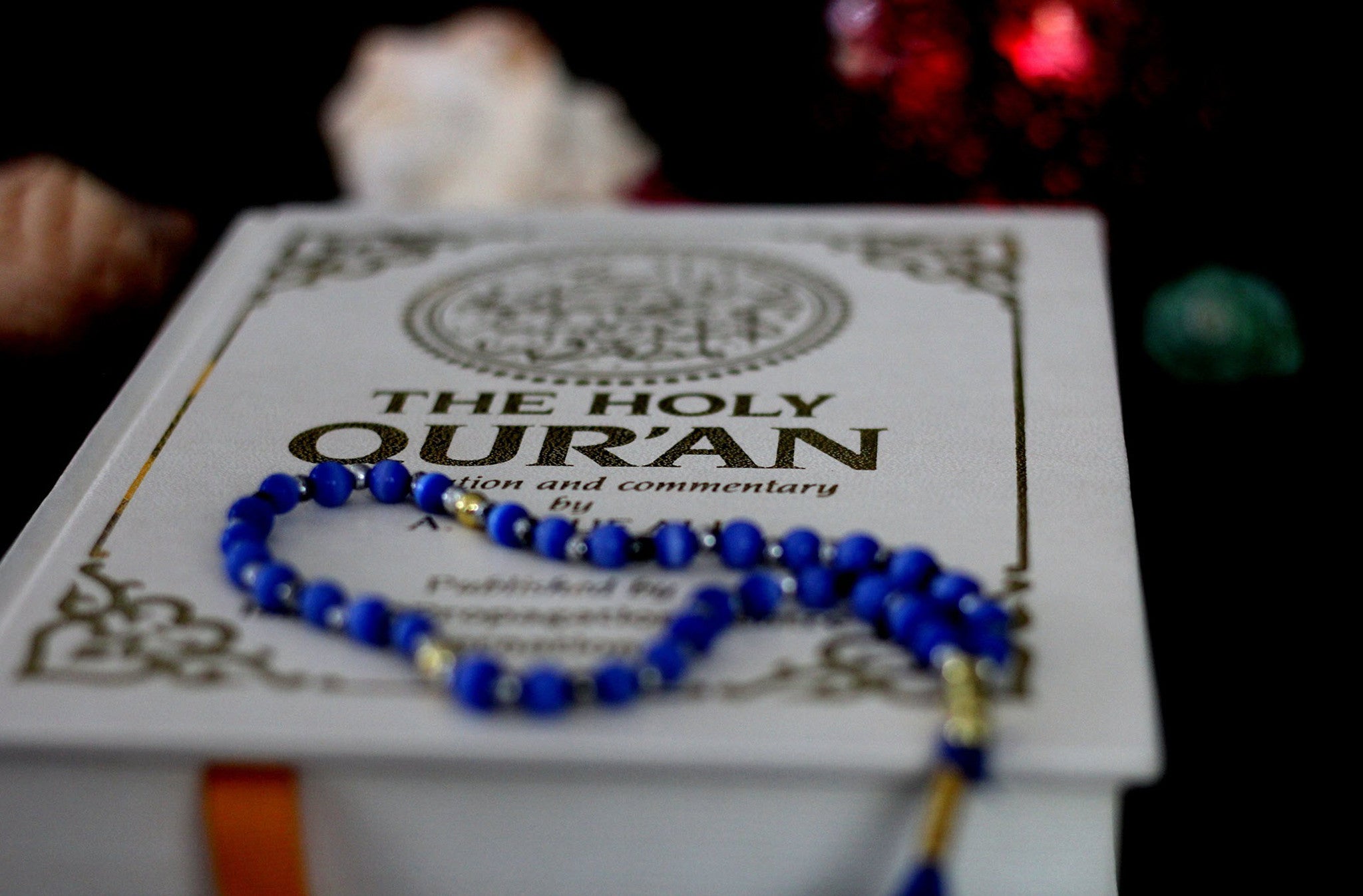The Qur'an

The Qur'an is the main holy book in Islam. It is a collection of what Muhammad (d. 632 A.D.), the prophet of Islam, recited over 23 years in response to different situations in his life. It does not contain any of the books of the Bible. The word Qur’an means recitation in a liturgical sense. Muhammad claimed that this recitation was the word of God brought to him through angels. The language of the Qur'an is the dialect of Arabic spoken in the region of Mecca where Muhammad lived. It is about the size of the New Testament.
Muhammad never collected the Qur’an, instead, several collections were made by his followers. These had different numbers of chapters, different chapter orders, and textual variations—that is, in the early period of Islam there were synoptic Qur’ans. Around 25 years after Muhammad’s death one collection was made the standard version and the others were suppressed.
Chapters in the Qur’an are called suras, and each sura has a traditional name, and in the same way the title ‘Galatians’ brings to mind certain things for a Christian, so too do these sura titles for Muslims.
The suras are not arranged chronologically but generally from largest to smallest, though they do seem to be grouped in similar themes.
The common way Muslims use the Qur'an is as liturgy in their prayers and worship, where it is recited in Arabic. It is read in the mosque in Arabic and men who can chant the Qur’an beautifully are highly respected. This performance of the Qur’an is very important, so much so that it is commonly believed that listening to the Arabic is beneficial even if not understood. Because it is a performance, translations of the Qur'an are not considered authentic but are still widely used.
Muhammad’s life is the context for the Qur’an; it revolves and evolves around him. However, this context is not given in the Qur’an, but comes from other essential books called the Hadith and Sira. To understand the Qur’an you must learn the history of Muhammad’s life, therefore it is helpful to use a translation which provides a historical introduction to each sura.
The main characters in the Qur'an are the people in Muhammad's life, and much of it is a record of the interactions between them. It may be the people of Mecca rejecting Muhammad; a question or challenge put to him; a prayer or a legal decision for the Muslim community. It could be a military or a family issue, or some justification of Muhammad's behaviour. Often Muhammad uses biblical characters and events as illustrations for these issues.
Muhammad’s life also explains the diversity of the Qur’an. When he was a powerless preacher in Mecca he preached against idolatry, warned those who rejected him, and told his followers to show restraint, but when he moved to Medina he gained an army and started the Islamic state. His preaching was now legislation, warfare, and the redefinition of the Arab religion. This direction from Mecca to Medina is normative for those within the Muslim community who follow Muhammad’s example and work towards and Islamic state. Therefore to understand the Qur’an’s teaching on a topic within this diversity both the Meccan and Medinan phases must be considered.
Leave a comment
Comments will be approved before showing up.



